Back Stretches: The Anatomy Of The Back
When performing back stretches it is beneficial to have a basic understanding of the anatomy of the back.
To start things off let’s look at the Spine as it is composed of 33 vertebrae that are divided into 5 sections that I will quickly outline below:
- 7 cervical
- 12 thoracic
- 5 lumbar
- Sacrum (5 segments)
- Coccyx (4 segments)
- Tailbone
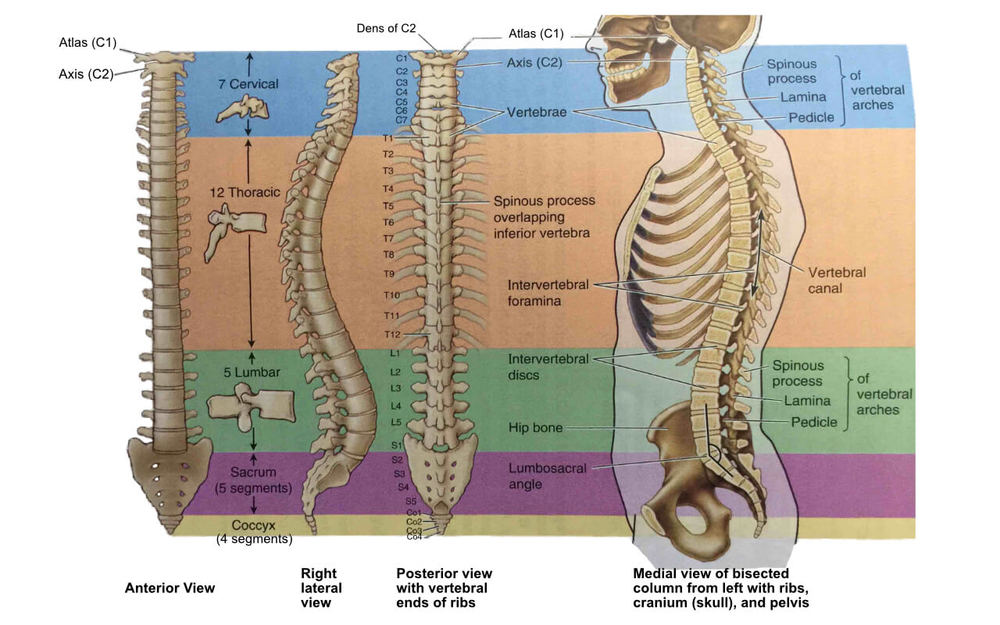
The muscles of the back have a large job to do, as most bodyweight lies anterior to the spine which means strong back muscles are necessary.
There are two major groups of back muscles – extrinsic and intrinsic back muscles.
Both of these are then broken down into other groupings as shown below:
Extrinsic Back Muscles
- Superficial
- Trapezius
- Latissimus Dorsi
- Levator Scapulae
- Rhomboids
- Intermediate
- Serratus Posterior
Intrinsic Back Muscles
- Superficial
- Splenius muscles
- Intermediate
- Erector Spinae muscles
- Iliocostalis
- Longissimus
- Spinalis
- Erector Spinae muscles
- Deep
- Transversospinal muscles
- Semispinalis
- Multifidus
- Rotatores (Brevis and Longus)
- Transversospinal muscles
- Minor Deep Layer
- Interspinales
- Intertransversarii
- Levatore Costarum
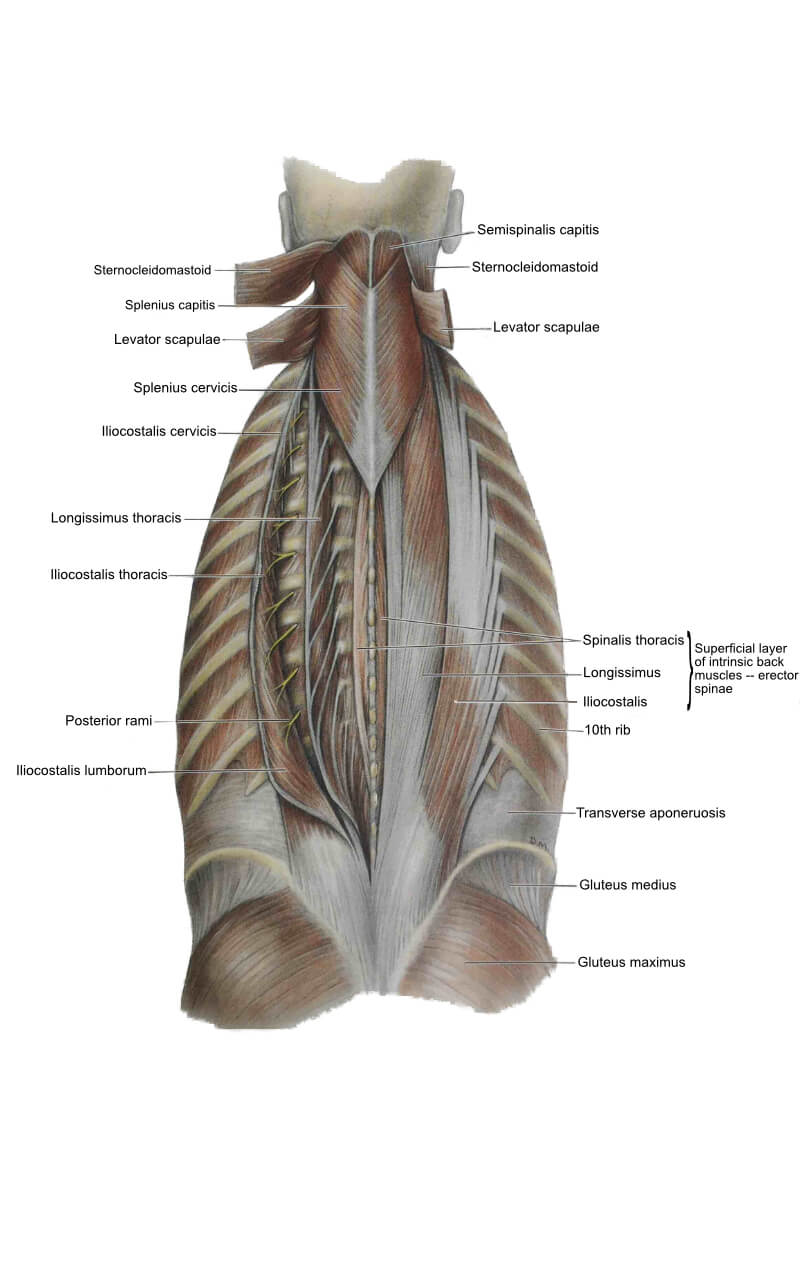
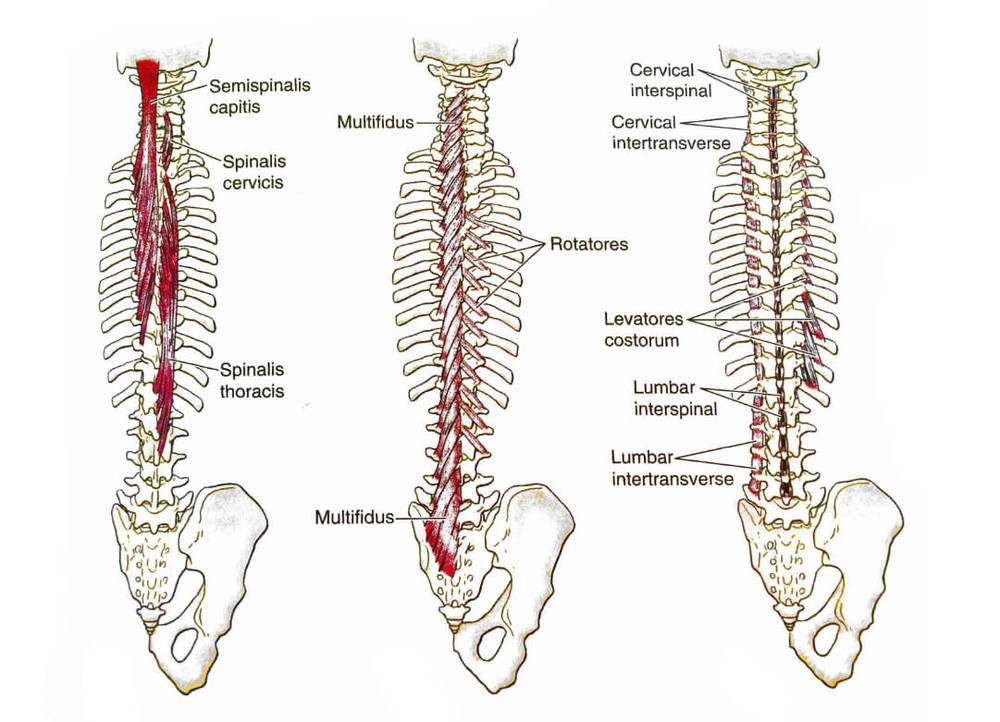
Benefits To Back Stretches
It is very important to maintain full mobility within the spine and surrounding muscles with back stretches to prevent injuries and postural problems, especially with the daily stresses of gravity and activity.
The benefits of stretching the back are:
- Maintaining joint mobility
- Improving and maintaining good posture
Back Stretching Exercises
Sitting Lumbar Stretch
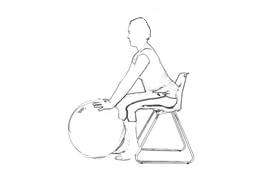
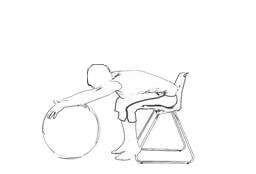
- Sit on a straight back chair holding a ball in front of you with your hands.
- Roll the ball forward as far as you can, bending your upper body down toward your knees.
- Maintain the stretch and return to the initial position.
- Hold the stretch for 20-30 seconds.
- Can also stretch out to either side to get different sections of the back.
Supine Lumbar Flexion
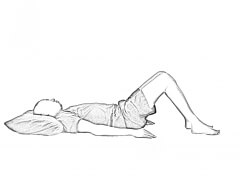
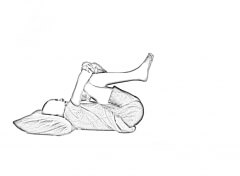
- Lie on your back with your knees bent.
- Raise one knee towards your chest as far as you can, and then raise the other to meet it.
- Place your hands around your knees and pull them gently towards you until you feel a stretch in your back.
- Hold the stretch for 20-30 seconds.
- Relax.
Supine Lumbar Rotation


- Lie on your back with your knees bent and your feet on the floor.
- Place your arms out to the side for stability.
- Slowly lower your legs to one side until you feel a gentle stretch.
- Hold the stretch for 20-30 seconds.
- Return to the central position and repeat.
- Keep your knees together during the movement.
Cat and Cow Stretch
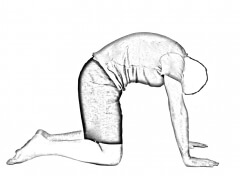
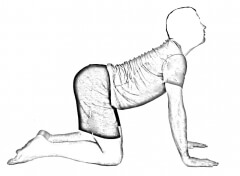
- Start on all fours with your back straight, hands under the shoulders and knees under the hips.
- To do the cow stretch, slowly exhale and let the belly fall toward the floor to arch the back and extend the head at the same time.
- To do the cat stretch, slowly inhale, round the back and tuck the chin to the chest.
- Alternate between these two positions slowly.
Child’s Pose
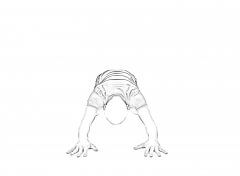
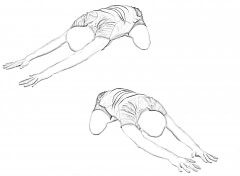
- Start on all fours and push your hips back so your buttocks rest on your heels. You may want to have your knees apart to be more comfortable.
- Reach forward with your hands and hold the stretch.
- Next, reach to one side with both hands and hold the stretch.
- Then, reach to the other side and hold the stretch.
- Hold the stretch for 20-30 seconds.
Lat Stretch
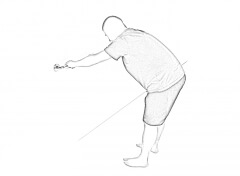
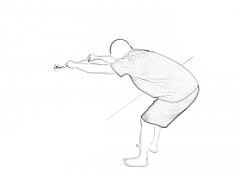
- Hold a stable object in front of you with both hands with an overhand grip. Lean forward by bending at the hips while pushing the hips backward.
- Stay straight and stretch both sides equally.
- Turn your hips to one side such that you feel a comfortable stretch along the opposite side of your armpit and shoulder blade.
- Hold the stretch for 20-30 seconds.
- Switch sides.
Bent Over S.I. Stretch


- Standing, put one foot on a chair or table and position yourself so your hip is flexed 90 degrees and abducted (opened) 45 degrees.
- Let the trunk hang down in forward flexion as far as it feels comfortable.
- Hold the stretch for 20-30 seconds.
- If you feel any pain, stop!
Chapter Selection
— Select a Chapter —
Chapter 1: Intro to Stretching
Chapter 2: Abdominal Stretches
Chapter 3: Adductor Stretches
Chapter 4: Bicep Stretch
Chapter 5: Calf Stretches
Chapter 6: Chest Stretches
Chapter 7: Forearm Stretches
Chapter 8: Glute Stretches
Chapter 9: Hamstring Stretches
Chapter 10: Back Stretches
Chapter 11: Neck Stretches
Chapter 12: Quadriceps & Hip Flexor Stretching
Chapter 13: Shoulder Stretches
Chapter 14: Tricep Stretches
Chapter 15: Myofascial Release
Don’t miss out!
Subscribe to our newsletter to get your free copy of our stretching guide and get notifications when we make a new post to help you reach your fitness goals.
- Howley, E. T., & Franks, B. D. (2007). Fitness Professional’s Handbook (5th ed.). Champaign, IL: Human Kinetics.
- Moore, K. L., & Dalley, A. F. (2006). Clinically Oriented Anatomy (5th ed.). Baltimore, MD: Lippincott Williams & Wilkins.
- Nieman, D. C. (2011). Exercise Testing and Prescription: A Health-Related Approach (7th ed.). New York, NY: McGraw-Hill.
- Sá, M. A., Neto, G. R., Costa, P. B., Gomes, T. M., Bentes, C. M., Brown, A. F., et al. (2015, Mar 29). Acute Effects of Different Stretching Techniques on the Number of Repetitions in A Single Lower Body Resistance Training Session. Journal of Human Kinetics , 177–185.
- Sherwood, L., & Kell, R. (2010). Human Physiology: From Cells to Systems, First Canadian Edition. Toronto, ON: Nelson Education.